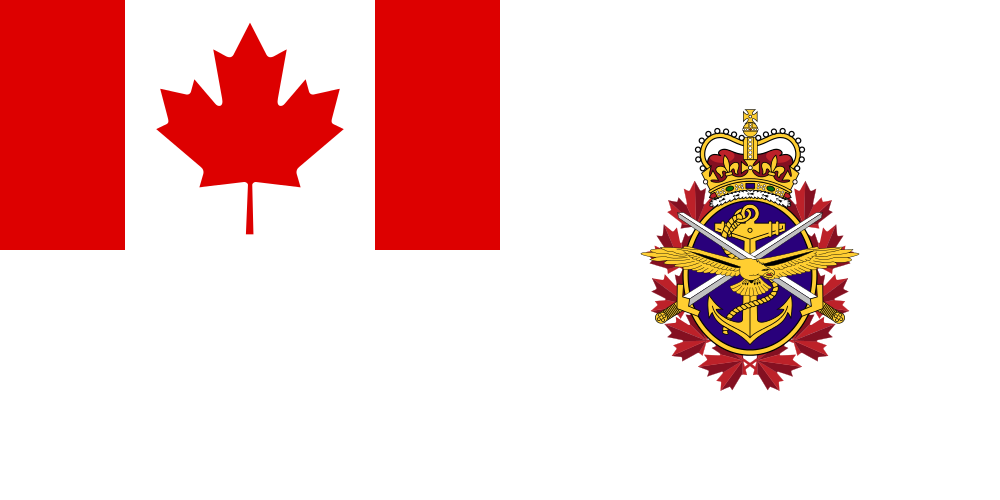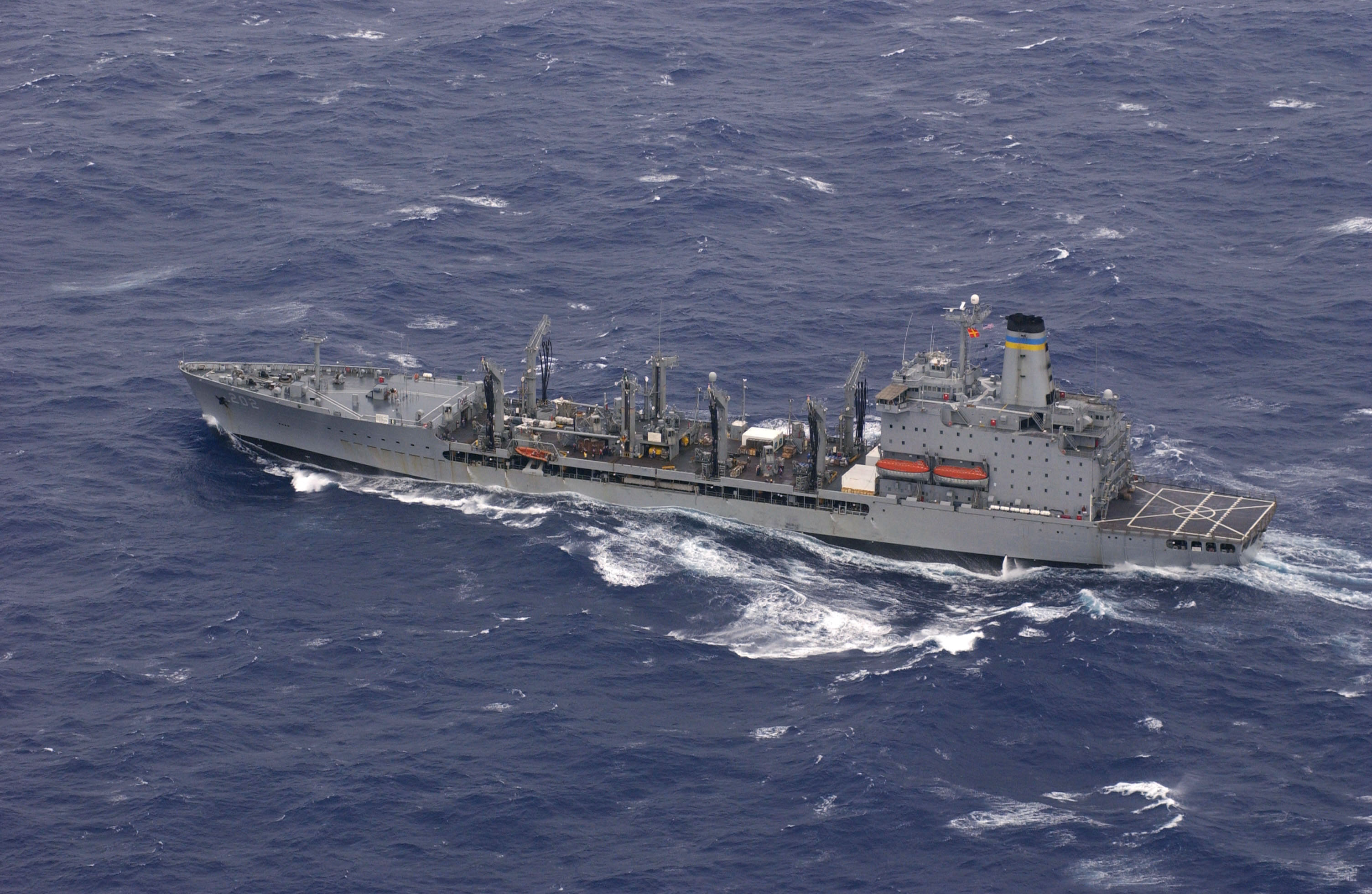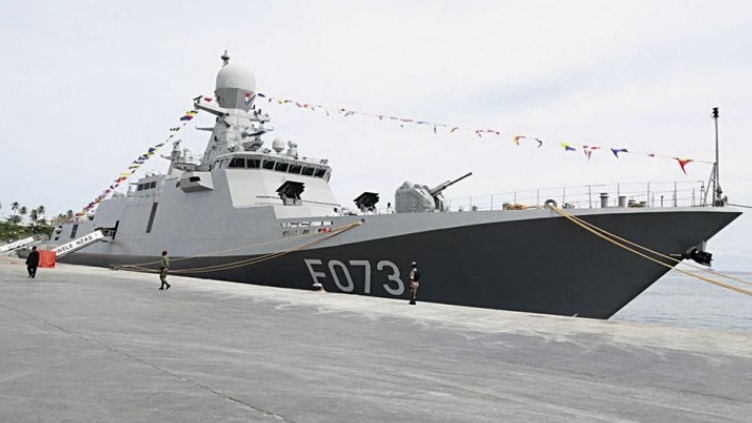In recent years, the Canadian public has become aware of military suicide and the serious extent of this problem. According to the most recent reporting from the Department of National Defence (DND), 160 personnel committed suicide between 2004 and 2014, while 138 soldiers were killed during combat operations in Afghanistan between 2002 and 2014. With so many more lives lost to depression and suicide in the past decade, the introduction of the Road to Mental Readiness (R2MR) program by the Canadian Forces is timely and is already showing results.
R2MR addresses the soldiers’ mental health at all stages of their military career, from preparing each individual soldiers for the stresses of deployment to facilitating reintegration after returning from deployment. In-depth supports are also made available to the family members of soldiers on deployment. This comprehensive approach to mental health has reportedly ensured that military units employing R2MR have lower suicide rates than the general population.
The Canadian military has regained its role as a leader on mental health through R2MR.
This represents a rapid evolution in the Canadian Forces’ response. During the Second World War, Canada was a leader in recognizing “battle exhaustion”, which might otherwise be known as post-traumatic stress disorder or “shell shock”, as a separate type of combat wound and would evacuate personnel from the frontlines for psychiatric treatment if the case was regarded as particularly serious. In contrast, other militaries regarded psychological trauma as a sign of cowardice, pacifism, or a lack of discipline brought on by poor leadership.
But the Canadian military’s understanding of mental health did not progress much in the decades following the Second World War. Battle exhaustion became known as “combat stress reaction”. This nomenclature neglects the possibility that a soldier may enter the Canadian Forces with pre-existing mental health issues that were not detected during recruitment. In other cases, mental health issues may emerge in response to the stresses and anxieties of preparing for deployment or from the experience of simulating actual warfare during training. Those Reservists not joining a particular deployment can become depressed, for example, upon learning that a unit member who did deploy was killed in action. The notion that a soldier can only be at risk of depression and stress-related conditions due to ‘battle’ and ‘combat’ meant that the Canadian Forces had too narrow an approach.
Military training did not include much content on how to maintain mental hygiene outside of deployment. Non-commissioned personnel, including this author, were simply encouraged during training to watch fellow CF members for signs of Combat Stress Reaction and to report any concerning behaviour to a superior. It may have seemed that the prevailing assumption in Canadian military culture is that the individual soldier would have nothing to be stressed about unless she or he witnessed combat or atrocities firsthand. Yet, according to DND figures, the suicide rate was substantially higher between 1995 and 2004 among those soldiers with no history of deployment than it was among those with a history of deployment. R2MR both reflects, and contributes toward, a change in culture whereby a broader view of mental health is adopted.
In response to the findings of the Canadian Forces Expert Panel on Suicide Prevention, released in a 2010 report, leadership will also receive mental resiliency training. Commissioned officers face unique psychological challenges on deployment, while at the same time serving as role models for their subordinates. Chaplains and mental health professionals will always be key to implementing R2MR concepts before, during, and after a deployment. But some personnel will regard sharing traumatic experiences with, or disclosing anxieties to, a chaplain or psychologist as stigmatic. An effective commissioned officer who has cultivated a relationship with her or his subordinates may be regarded as a trusted confidant, however, and can better identify how a potential mental health issue might be addressed under the R2MR program.
The Canadian military has regained its role as a leader on mental health through R2MR. Even as the Canadian Forces fine tunes this program, the United States struggles to even begin discussion on topics like military suicide, and it has fallen to institutions like the RAND Corporation to pressure the US Department of Defence to adopt a ‘Research Strategy for Suicide Prevention’. Even so, Canadian policy makers and specialists should remain open to the exchange of best practices with other national militaries, in particular looking to the results expected later in 2015 from the NATO Research and Technology Organization’s Task Group on Military Suicide. This group brings together experts from 16 NATO member states, including Canada and the US, as well as NATO partners Australia, Austria, and Finland. R2MR will doubtless be showcased in the Task Group’s findings, but the experiences of other NATO members can only serve to strengthen Canadian approaches to mental health among currently serving members of the Canadian Forces.




